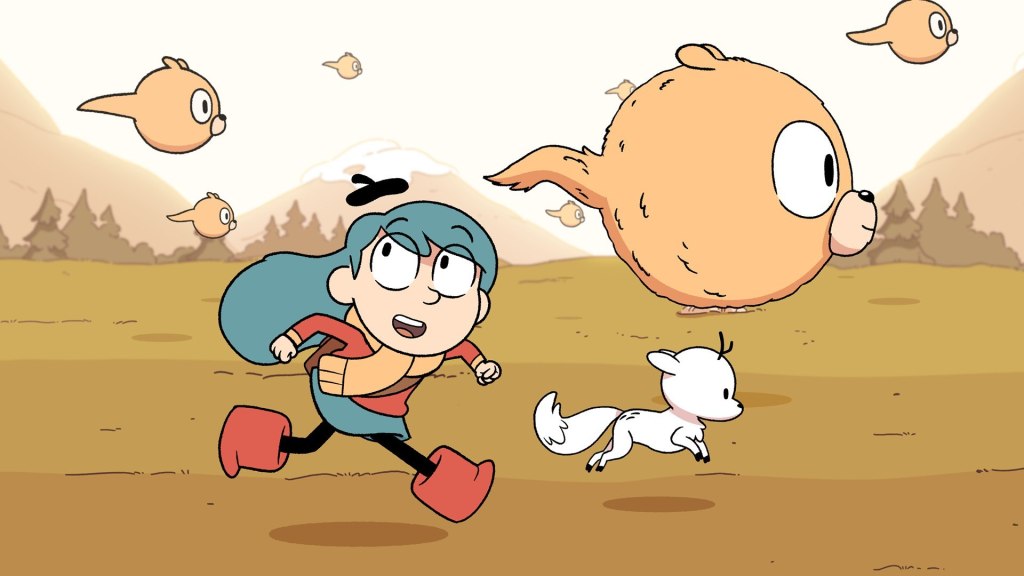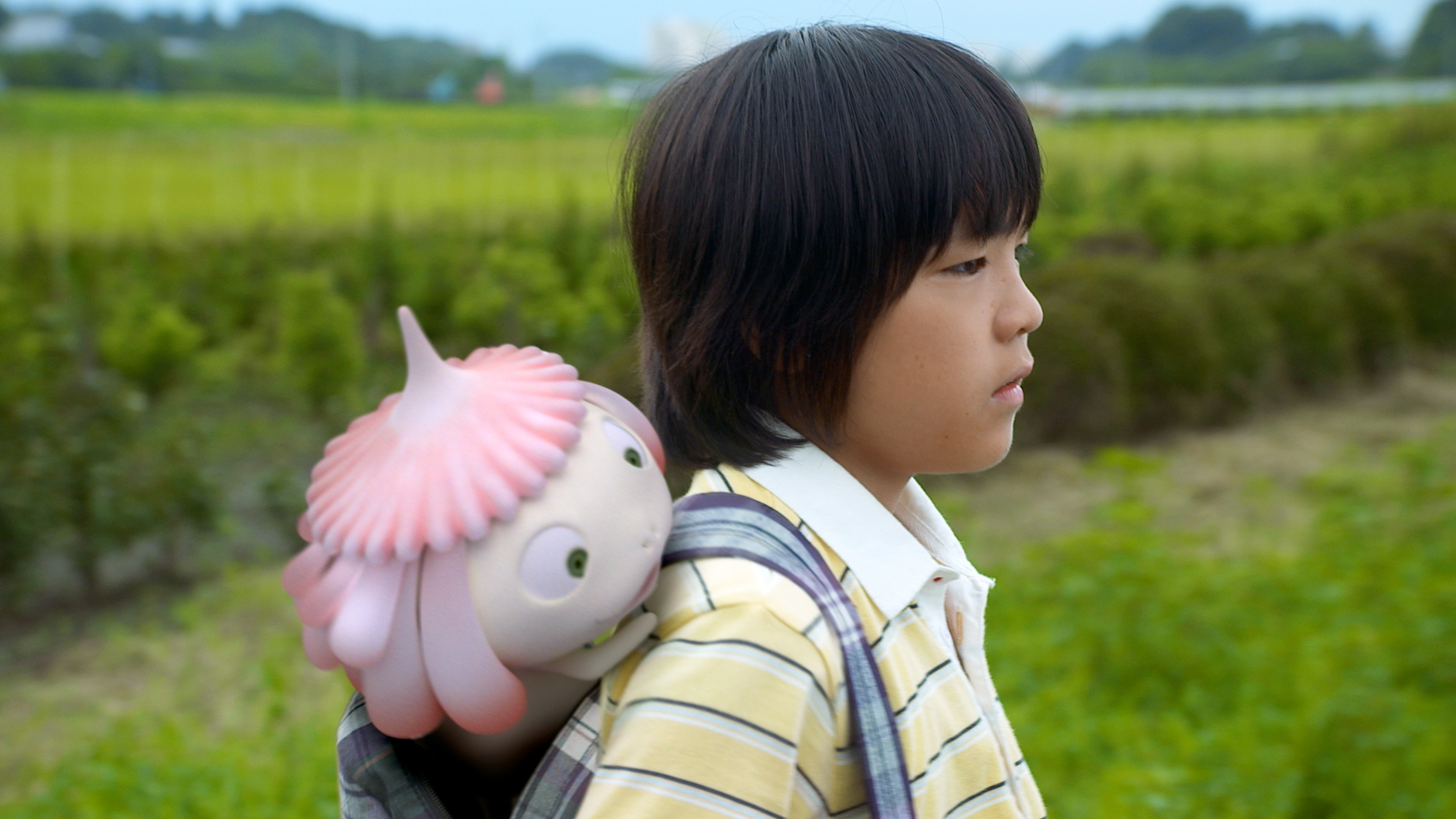
One of those useless thoughts I’ll sometimes have when taking in something aimed at a younger demographic is asking whether I’d have enjoyed it when I was a kid, rather than the wan and decrepit skeleton beast I am currently. My youthful tastes were so contextual and arbitrary that I can never hope to have a definitive answer, but as someone who got really into reading about mythology and folklore in grade school (with, as I have mentioned in the past, their own ambitions of creating the ultimate bestiary of mythological creatures—I still have all my notes in a manila folder), and who then loved to see those stories and creatures I was reading about referenced in the wider culture (so I got to think “I know that one!”), Hilda endeared itself to me very quickly. Created by illustrator Luke Pearson (who has also worked in animation as a storyboarder on Adventure Time), Hilda began as a series of graphic novels, starting with 2010’s Hildafolk (sometimes titled Hilda and the Troll), carrying an adventurous and whimsical spirit that brings to mind both the work of Hayao Miyazaki and Tove Jansson (the latter can especially be seen in the clean, wide-eyed characters Pearson draws), reinterpreting and modernizing (mostly) Scandinavian legends in clever and often beautiful ways. In 2018, Netflix released an animated series adaptation, capturing Pearson’s art with its very smooth and colourful animation (and its ethereal soundtrack, with a theme song provided by Grimes), and expanding on the world presented in the comics, mixing direct adaptations of the books with original stories that fit the tone. I wrote briefly about watching the first Netflix season back in 2019, but after going through the second season that premiered last month, I have an even greater appreciation for the whole series, especially in the way it thoughtfully introduces all the fun stuff about folklore (the silliness, the scariness, the endless possibilities they present) to a new generation of kids.


